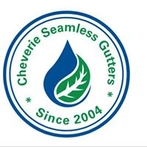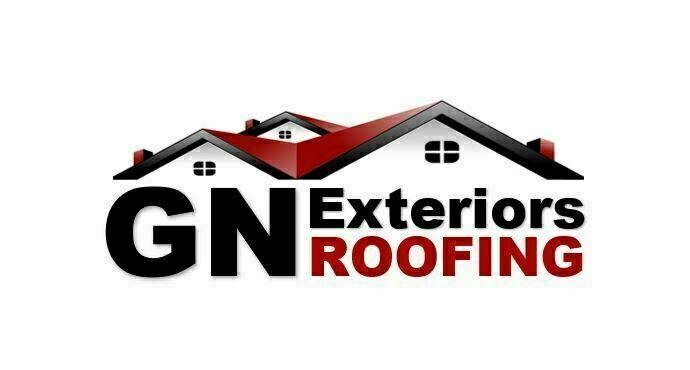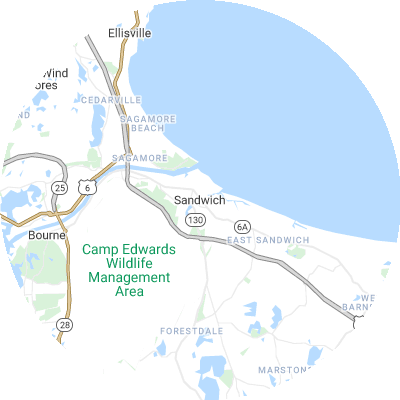Signs You May Need Gutter Guards
Gutter guards aren't required for all homes, but evidence of blocked gutters is clear. Signals of recurring gutter troubles are:
- Leaky joints or seams where water leaks out of gutters
- Visibly damaged, sagging, or misaligned gutters that no longer direct rainwater correctly
- Frequent clogs that cause overflow and water to spill over gutters
- Mold growth, peeling exterior paint, or interior water stains on walls near gutters.
- Soggy ground or visible erosion around your house's foundation
How To Choose a Gutter Guard Installer
Assess Their Experience
The right installation company will have extensive experience, including multiple years in business and experience with numerous brands and models. Experienced companies can properly take measurements and install gutter guards to meet your distinct needs. Inquire about how long a company has been providing installations and request referrals from nearby customers.
Verify Proper Licensing and Insurance
Verify that any companies you're considering are properly licensed, bonded, and insured, holding both workers compensation and general liability coverage. This protects you from liability for possible injuries and accidents. Request current licensing and insurance papers from any potential providers.
Choose Reputable Brands
Look for well-known gutter guard brands such as Gutter Helmet and LeafFilter when selecting an installer. Avoid off-brand or generic no-name guards, which likely do not undergo the same level of rigorous testing.
Seek Custom Fit Services
For superior performance, gutter guards need to be sized and cut on-site to match your unique gutter setup. Pick a company that custom measures and trims guards specifically for your home, rather than using one-size-fits-all guards. Properly fitted guards will leave no gaps for debris to get stuck.
Examine Warranties
Top gutter guard companies often offer 20-year or lifetime warranties for clogs, rust, leaks, and other issues. When picking a company, look into the warranty details for both materials and workmanship guarantees. Warranties give you the most effective protection for your gutter investment.
Check Reviews and Referrals
It's a good idea to research online reviews on the Better Business Bureau (BBB), Google Reviews, Yelp, and other review sites to find customer feedback. Ask neighbors to suggest companies that provide quality local gutter guard installation. When researching, look for providers with plenty of satisfied customers rather than only one or two sporadic reviews.
Types of Gutter Guards
There are six most common types of gutter guards. These include the following:
- Foam guards are lightweight and easy to install. With this type of guard, debris lands on the foam instead of in your gutter. On average, you can expect to spend $2.47 per linear foot for foam guards.
- Brush guards are exactly what they sound like: large brush bristles that sit in your gutters and catch debris while letting water through. Brush guards cost roughly $4.06 per linear foot.
- Screen guards have large holes that let water through while keeping debris out. Screen guards cost roughly $4.57 per linear foot.
- Mesh guards stop debris but let water through. Mesh guards have even smaller holes than screen guards. They're durable and let debris slide off as opposed to sitting on top of the gutters. On average, you can expect to spend $4.27 per linear foot for mesh guards.
- Micro-mesh guards are normally the most effective. Micro-mesh guards have smaller holes than regular mesh guards and allow even less debris through. Micro-mesh guards cost around $5.34 per linear foot.
- Surface tension guards, also called reverse curve guards, use surface tension to let water flow into gutters while debris slides off. Typically, they can be seen from the ground. Surface tension guards cost around $3.35 per linear foot.














